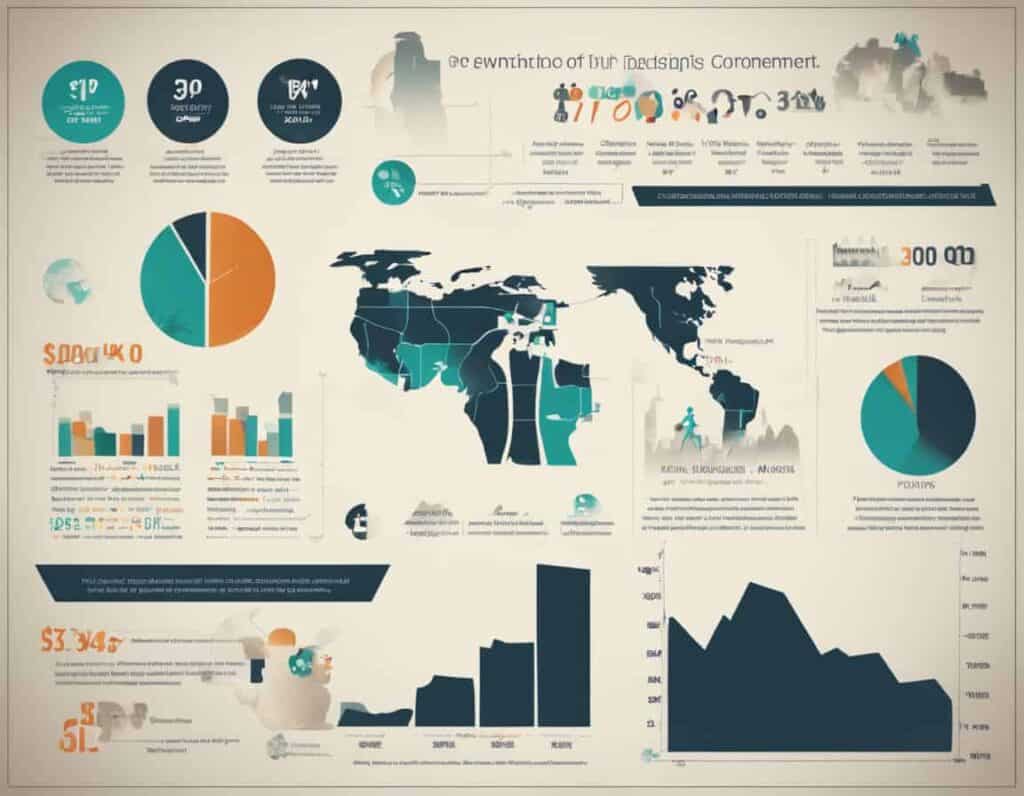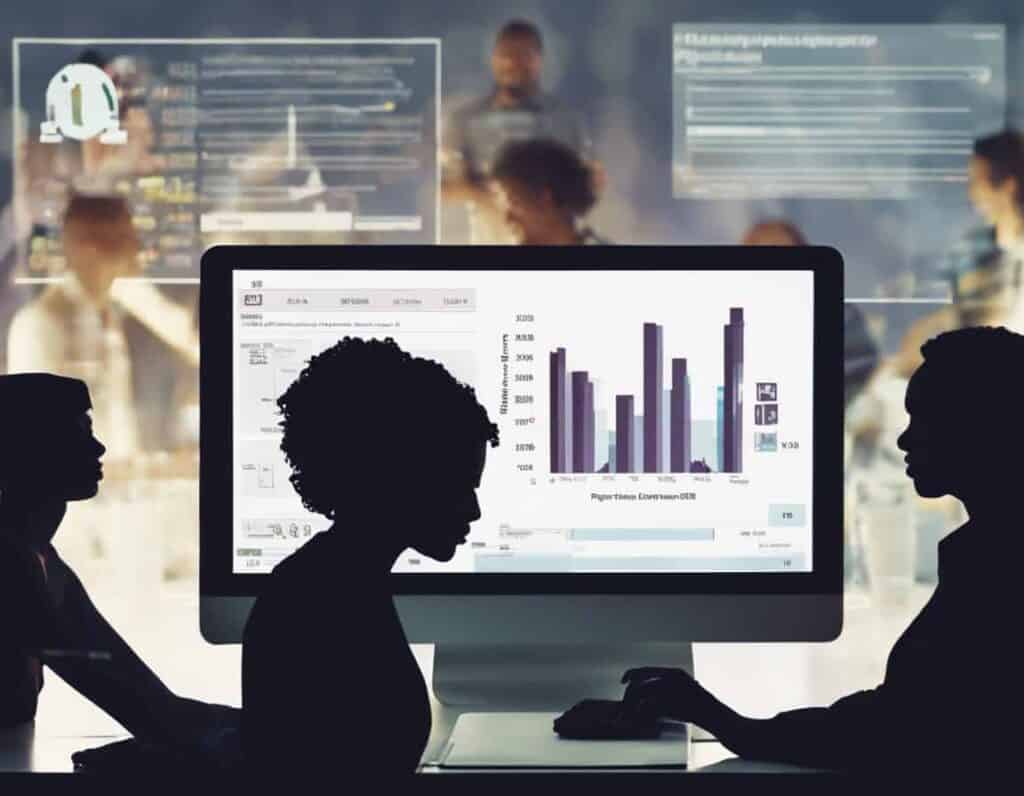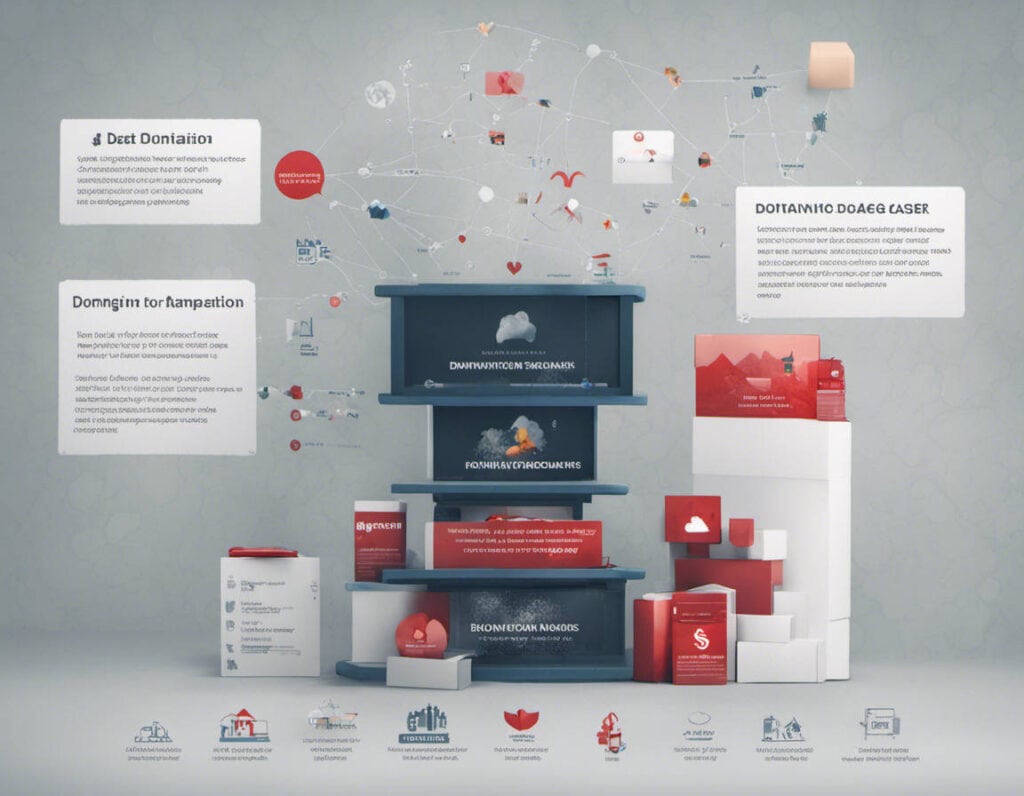Fundraising is a mission-critical endeavor. It’s not just about collecting funds; it’s about understanding how effectively those funds are raised and how they contribute to your organization’s goals.
The Significance of Fundraising Metrics
In the ever-evolving landscape of nonprofit organizations, staying ahead of the curve is crucial to meet new challenges and seize opportunities. A significant aspect of this is understanding the effectiveness of funds raised, a task made more manageable by utilizing metrics.
These metrics are more than just numbers; they are the guiding compass that ensures the successful navigation of the nonprofit landscape.
- Performance Assessment: Such metrics offer a clear lens through which nonprofits can assess their performance, allowing them to identify what works and what doesn’t in their nonprofit efforts.
- Goal Setting: Metrics provide concrete data that enables organizations to set realistic targets, empowering them to strive for achievable milestones.
- Resource Allocation: By understanding which strategies yield the best results, nonprofits can allocate their resources more efficiently, ensuring that time and funds are invested where they matter most.
- Donor Engagement: Metrics help organizations measure and improve donor engagement by identifying trends, preferences, and areas for enhancement, ultimately leading to stronger donor relationships.
- Accountability: With metrics in place, nonprofits can demonstrate accountability to donors and stakeholders by transparently showcasing how funds are being used to achieve their mission.
- Fundraising Strategy Optimization: Metrics allow organizations to refine and optimize their strategies, making data-driven decisions that lead to more effective and efficient campaigns.
- Mission Impact: They provide the means to measure and showcase the tangible impact of funds raised on the causes and communities nonprofits serve.
Key Fundraising Metrics
These are the critical measures that define the success and impact of fundraising efforts for nonprofit organizations. These metrics serve as the foundation upon which informed decisions are made, strategies are optimized, and relationships with supporters are strengthened.
Let’s delve into some of the most commonly used key metrics in nonprofit campaigns.
1. Fundraising Return on Investment (ROI)
This represents the efficiency of fundraising efforts, indicating whether an organization is raising more than its spending.
An acceptable average level of ROI in fundraising campaigns typically ranges from 100% to 200%, meaning for every dollar spent on fundraising, the organization raises at least $1 to $2.
ROI is calculated by subtracting the total costs from the funds raised and dividing the result by the total costs. The formula is (Funds Raised – Fundraising Costs) / Fundraising Costs * 100.
- Segmenting Donor Lists: Target specific donor segments with tailored messages to maximize contributions.
- Regularly Analyzing Costs: Continuously assess and reduce unnecessary expenses in campaigns.
- Implementing Multi-Channel Fundraising: Utilize various channels like online, events, and direct mail for a diversified approach.
- Leveraging Donor Data: Use donor data to personalize communication and strengthen backerr engagement.
- Monitoring Campaign Performance: Regularly track the success of campaigns to identify and replicate high ROI strategies.
A high ROI suggests that an organization is efficiently utilizing its resources to generate funds, enabling it to allocate more resources toward its mission. It reflects the effectiveness of strategies and prudent financial management, which can attract more donors and bolster donor confidence.
2. Conversion Rate
This measures the percentage of potential donors who become actual supporters. An acceptable average Conversion Rate in campaigns typically ranges from 10% to 20%. This means that for every 100 potential donors, 10 to 20 of them should be converted into actual donors.
To calculate the Conversion Rate, divide the number of backers acquired during a campaign by the total number of potential donors (prospects) contacted, and then multiply by 100. The formula is (Number of Donors / Number of Prospects) * 100.
Here are some tips to boost your campaigns’ conversion rates.
- Segmenting Your Audience: Tailor your messages and appeals to specific segments, addressing their unique interests and concerns.
- Compelling Storytelling: Craft compelling narratives that resonate with potential supporters and clearly communicate the impact of their contributions.
- Streamlined Donation Process: Simplify the donation process, making it quick and convenient for donors to contribute.
- Personalized Follow-Ups: Send personalized follow-up messages expressing gratitude and updating backers on the impact of their donations.
- A/B Testing: Experiment with different strategies and messages to identify what resonates best with your audience.
A high Conversion Rate suggests that your efforts are highly effective in persuading potential supporters to take action and support your cause. It indicates that your organization has mastered the art of compelling storytelling and engagement, which can lead to increased revenue and a growing donor base.
3. Gifts Secured
This represents the number of donations successfully obtained by an organization. The acceptable average level of Gifts Secured in fundraising campaigns varies depending on the organization’s size and goals but typically ranges from 30% to 50% of the total number of prospects contacted.
To calculate Gifts Secured, divide the number of actual donations received during a campaign by the total number of prospects or potential benefactors contacted, and then multiply by 100. The formula is (Number of Donations / Number of Prospects) * 100.
If you’re trying to increase the number of secured gifts during your campaigns, check out these actionable tips.
- Donor Cultivation: Build strong relationships with potential supporters through regular communication and engagement, ensuring they are more likely to contribute.
- Compelling Campaigns: Craft compelling and emotionally resonant campaigns that inspire potential backers to take action.
- Diversified Giving Options: Provide various giving options, including one-time donations, monthly contributions, and in-kind gifts, to cater to donors’ preferences.
- Effective Follow-ups: Implement an effective follow-up strategy to remind and encourage potential supporters to convert their interest into action.
- Recognition and Stewardship: Acknowledge and appreciate donors promptly, recognizing their contributions and the impact they make.
A high Gifts Secured metric indicates that an organization is proficient at not only attracting potential benefactors but also converting them into active contributors. It reflects a strong donor cultivation strategy, compelling campaigns, and efficient processes.
4. Leveraging the Matching Gift Rate
This refers to the percentage of corporate matching gifts received in proportion to the total funds raised. The acceptable average rate in campaigns varies but is often around 10% to 15%. This means that for every $100 raised, an organization may receive an additional $10 to $15 in corporate matching gifts.
Matching Gift Rate is calculated by dividing the total amount of corporate matching gifts received during a campaign by the total funds raised during that same campaign, and then multiplying by 100. The formula is (Corporate Matching Gifts / Total Funds Raised) * 100.
- Promoting Matching Gift Programs: Actively inform supporters about corporate matching gift programs and how they can double their impact.
- Matching Gift Tools: Use online matching gift tools and databases to identify eligible donors and streamline the matching gift application process.
- Customized Communication: Personalize communication with benefactors to encourage them to check their eligibility for matching gifts.
- Corporate Partnerships: Establish and nurture relationships with corporate partners to increase the availability of matching gift opportunities.
- Transparency and Reporting: Provide donors with clear information on how their contributions can be matched and report back on the impact of corporate matching gifts.
A high Matching Gift Rate suggests a strong partnership between the nonprofit and corporations, leading to increased financial support for the organization’s mission.
5. Pledge Fulfillment Percentage
This measures the proportion of pledged funds that backers honor and fulfill. The acceptable average level of Pledge Fulfillment Percentage typically ranges from 70% to 90%, indicating that the majority of pledges made are fulfilled as promised.
To calculate Pledge Fulfillment Percentage, divide the total amount of pledged funds received by the total amount of pledges made, and then multiply by 100. The formula is (Pledged Funds Received / Total Pledges Made) * 100.
Here’s how to increase the percentage of fulfilled pledges during your campaigns.
- Clear Communication: Maintain clear and consistent communication with donors, reminding them of their pledge commitments.
- Payment Options: Offer various payment options, making it convenient for supporters to fulfill their pledges.
- Gratitude and Recognition: Show appreciation to donors who fulfill their pledges promptly, recognizing their commitment.
- Regular Updates: Provide benefactors with updates on the impact of their pledged funds to reinforce their sense of contribution.
- Donor Engagement: Engage backers beyond their pledges, involving them in other aspects of your organization’s mission.
A high Pledge Fulfillment Percentage signifies a strong sense of commitment and trust between donors and the organization.
6. Embracing Recurring Gift Percentage
This signifies the percentage of fundraising revenue generated from recurring supporters. The acceptable average level of Recurring Gift Percentage often ranges from 20% to 30%, demonstrating that a significant portion of revenue is derived from recurring contributions.
To calculate Recurring Gift Percentage, divide the total revenue generated from recurring donors by the total revenue, and then multiply by 100. The formula is (Recurring Donor Revenue / Total Fundraising Revenue) * 100.
Check out these strategies to ensure your recurring gifts are continuously patronized by sponsors.
- Recurring Giving Programs: Establish and promote recurring giving programs to encourage benefactors to commit to regular contributions.
- Clear Communication: Clearly communicate the impact of recurring donations, emphasizing the long-term support they provide.
- Convenient Payment Methods: Offer easy and flexible payment options for recurring donors, such as automatic withdrawals or credit card payments.
- Donor Recognition: Recognize and appreciate recurring supporters through special acknowledgement and engagement initiatives.
- Regular Updates: Keep recurring donors informed about the ongoing impact of their contributions to maintain their commitment.
A high Recurring Gift Percentage indicates a stable and sustainable source of funding for the organization. It signifies a strong base of committed supporters who provide consistent financial support, ensuring the organization’s ability to pursue its mission with confidence and stability.
7. The Impact of Board Member Participation Rate
This assesses the level of engagement of board members in activities within an organization. The acceptable average level typically ranges from 80% to 100%, indicating that a high percentage of board members actively participate in efforts.
To calculate Board Member Participation Rate, divide the number of board members actively engaged in activities by the total number of board members, and then multiply by 100. The formula is (Number of Engaged Board Members / Total Number of Board Members) * 100.
Here are some actionable tips for you.
- Board Training: Provide training and resources to board members to enhance their understanding of strategies and their roles.
- Setting Expectations: Clearly define expectations for board members and align them with the organization’s mission and goals.
- Engagement Opportunities: Create opportunities for board members to actively participate in donor cultivation and stewardship.
- Recognition: Acknowledge and celebrate the contributions of board members involved in activities.
- Regular Updates: Keep board members informed about the impact of their efforts on the organization’s financial health and mission advancement.
A high Board Member Participation Rate indicates a board that is deeply committed to the organization’s mission and financial sustainability.

Final Thoughts | Harnessing the Power of Fundraising Metrics
Fundraising metrics serve as the precise instruments that help you fine-tune your strategy, measure the resonance of your campaigns, and elevate your organization’s financial standing.
To compose your symphony, consider investing in fundraising management software, and empower your team with the tools needed to make data-driven decisions, optimize your efforts, and raise funds more effectively than ever before.
Elevate your nonprofit journey with metrics, and witness your organization’s mission reach new heights.







